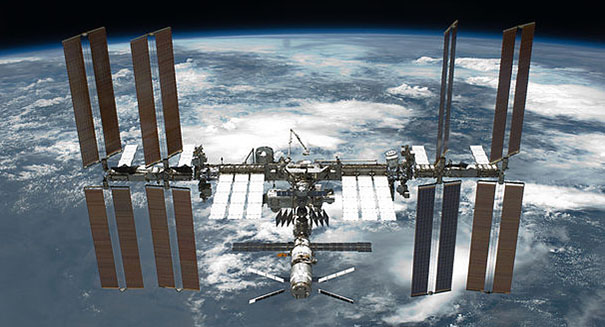
Bigelow Aerospace's inflatable room module will be launched into orbit in 2015, designed for astronauts on the International Space Station.
The Bigelow Expandable Activity Module (BEAM), a privately built inflatable room designed for astronauts on the International Space Station (ISS), is expected to launch into orbit in 2015.
CNET reports that the inflatable module, developed by Bigelow Aerospace under a $17.8 million contract from NASA, will be transported to the ISS by SpaceX’s Dragon cargo craft, where it will be installed on the aft port of the Tranquility node by the station’s robotic arm.
“The International Space Station is a uniquely suited test bed to demonstrate innovative exploration technologies like the BEAM,” said William Gerstenmaier, associate administrator for human exploration and operations at NASA, in a statement earlier this year. “As we venture deeper into space on the path to Mars, habitats that allow for long-duration stays in space will be a critical capability. Using the station’s resources, we’ll learn how humans can work effectively with this technology in space, as we continue to advance our understanding in all aspects for long-duration spaceflight aboard the orbiting laboratory.”
BEAM will provide an example of what the company, and private firms in general, can do in low-Earth orbit (LEO). “LEO will become a commercial domain,” said Mike Gold, Bigelow’s director of D.C. operations and business growth, in a recent statement. “Maybe it’s difficult to see at this point, but we go back to telecom – there was a time when every communications satellite was owned by the government. This will happen when it comes to crew operations.”
According to Space.com, the BEAM mission will allow Bigelow to collect more data about how its expandable habitat modules perform in orbit. This particular case – adding a fairly inexpensive module, built by a private company and sent into space by a private company – demonstrates the recent transition for manned spaceflight, from government agencies to commercial industry.
“This is a great way for NASA to utilize private-sector investment, and for pennies on the dollar to expand our understanding of this technology,” said Lori Garver, the NASA’s deputy administrator, according to the Washington Post. “The plan is to have the hatch closed most of the time, with the crew going in and out a few times a year to collect data.”
NASA plans to use BEAM to evaluate radiation levels inside the module compared to those on other parts of the International Space Station. This is part of the agency’s overall plan to enable commercial entities to operate in low-Earth orbit.
Leave a Reply